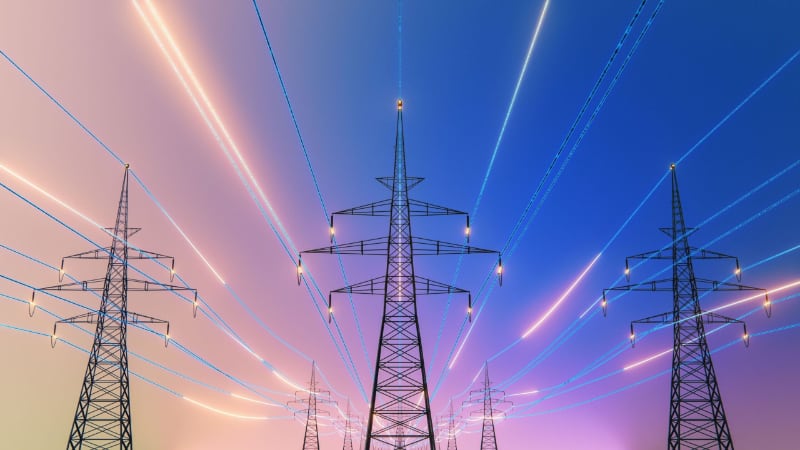
By Aaron Otto, Guest Author
As the world increasingly looks for sustainable energy solutions, community solar emerges as a beacon of hope. This innovative approach allows communities to share the costs and benefits of solar power, even if they can’t install panels on their own roofs. What is community solar, how does it work and why is it a shining example of sustainable energy for all?
What is Community Solar?
Community solar, also known as “solar gardens” or “shared solar,” is a solar power installation that provides electricity to multiple end-users. Unlike traditional solar installations on individual rooftops, community solar projects are in centralized locations, such as a field or a solar farm. Participants in the community can then subscribe to a portion of the solar energy produced by these installations, often receiving credits on their electricity bills for their share of the power generated.
How Does Community Solar Work?
Community solar projects are typically developed by a third party, such as a solar developer, a utility company or a community organization. These projects are then made available to residents, businesses or organizations within a certain area who want to support solar energy but may not have the ability to install solar panels on their own property.
Participants can subscribe to a portion of the solar energy produced by the project, usually based on their estimated energy consumption. They then receive credits on their electricity bills for the electricity generated by their share of the solar panels. These credits are often referred to as “virtual net metering” or “solar credits.”
Benefits of Community Solar
Community solar offers a range of benefits, making solar energy accessible to a wider audience and driving the adoption of renewable energy:
- Accessibility: Community solar allows renters, homeowners with shaded roofs and those who cannot afford the upfront cost of solar panels to access solar energy.
- Cost Savings: Participants typically save money on their electricity bills by subscribing to community solar, as they receive credits for the energy produced by their share of the solar panels. These projects can be funded through various mechanisms such as a homeowners’ association (HOA) or a municipal utility.
- Energy Resilience: Community solar enables the ability to withstand and rapidly recover from power outages and continue operating with electricity, heating, cooling, ventilation and other energy-dependent services.
- Environmental Impact: By supporting community solar, participants help reduce greenhouse gas emissions and promote cleaner air and water in their communities.
- Local Economic Development: Community solar projects can create jobs and stimulate local economic development, especially in rural areas where solar farms are often located.
- Community Engagement: Community solar projects often involve community members in the decision-making process, fostering a sense of ownership and engagement in the transition to renewable energy.
Challenges and Future Outlook
While community solar offers many benefits, it also faces challenges, such as regulatory barriers, limited access to financing and the need for supportive policies. However, as awareness of the benefits of community solar grows and more states and communities implement supportive policies, the future looks bright for community solar.
Conclusion
Community solar represents a community-driven approach to renewable energy that empowers individuals and communities to support and benefit from solar power. By making solar energy accessible to a wider audience, community solar plays a vital role in the transition to a more sustainable and equitable energy future which allows for cost savings, energy resilience and a community approach to environmental sustainability.
Aaron Otto is vice president of strategic development at Faith Technologies Incorporated (FTI).










